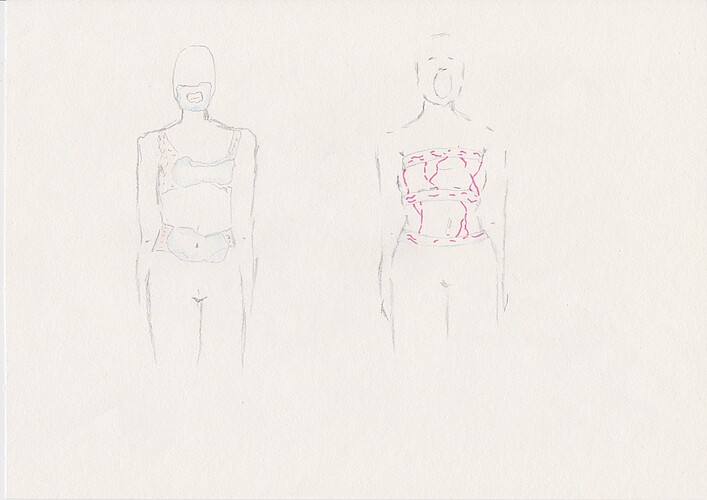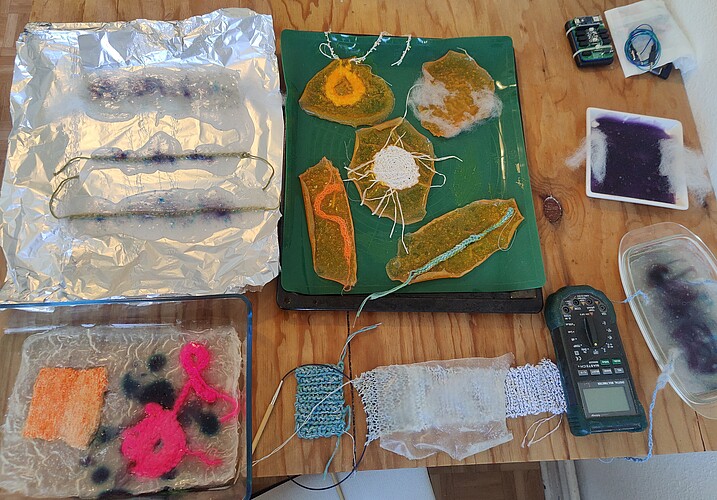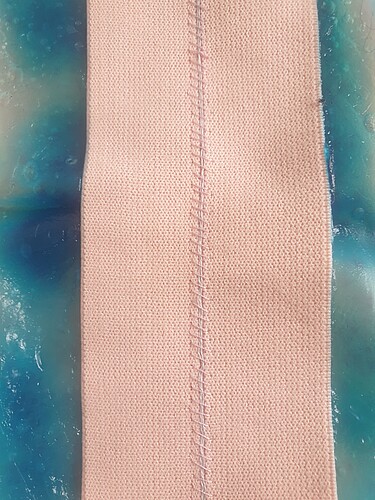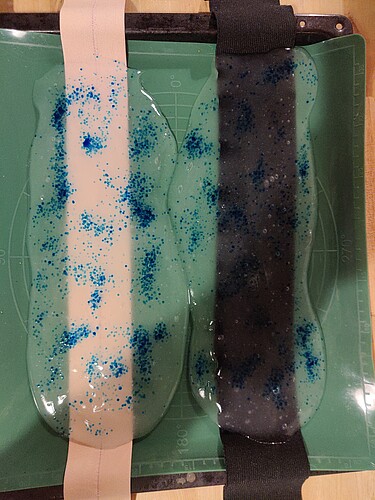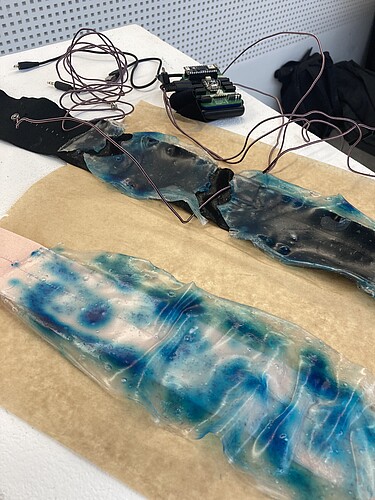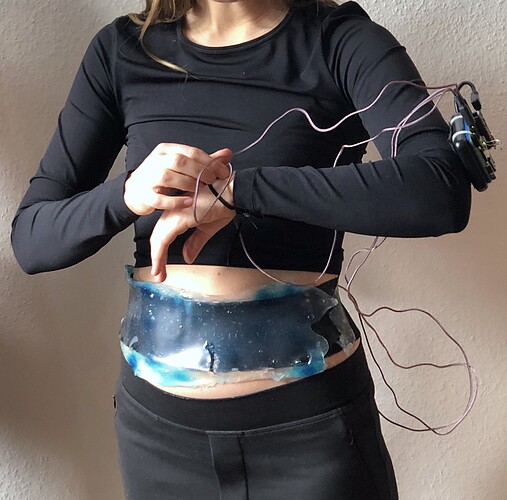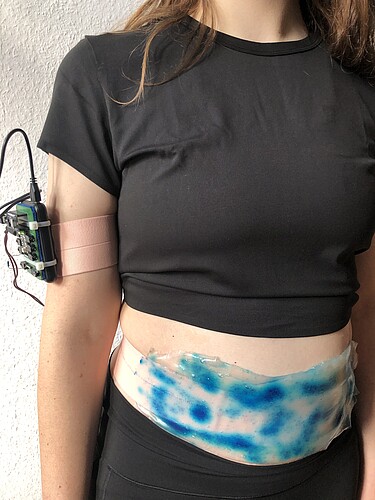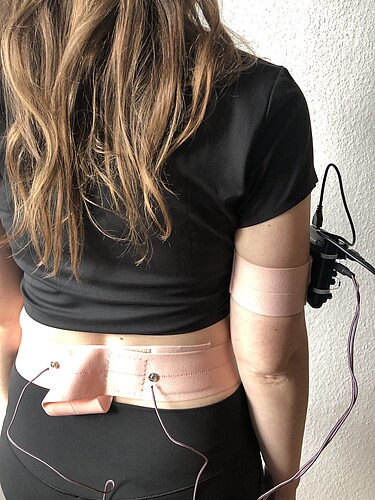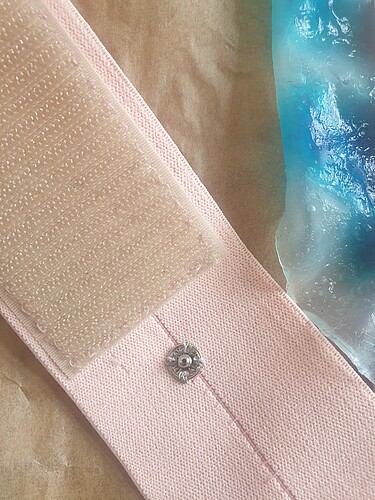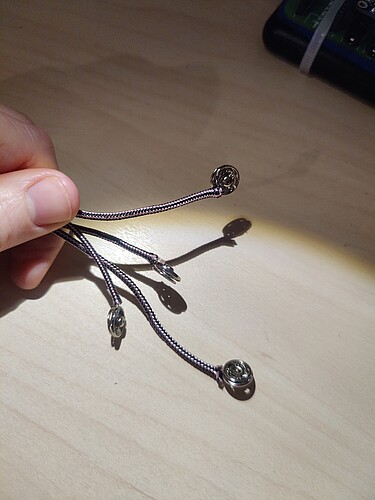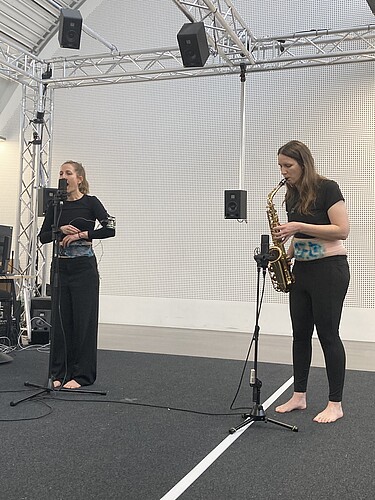Sharing Breath
Sharing Breath
breath as an image of our leakiness, of sharing breath.
as a site of vulnerability, our interchangeability. as I inhale your exhale,
your perspiration, your leakiness. bodies of water.
the body becomes slippery
We all share not only the fact that we need to breathe, but also the breath itself, as we are all surrounded by the same air.
A person can survive for weeks without eating, several days without drinking, but only a few minutes without breathing. Nevertheless, many of us give little thought to this vital process in our everyday lives. Yet there is much more to it: Breathing is normally controlled by our autonomic nervous system, but can also be consciously controlled, which has in turn effects on the autonomic nerve system. Singers and wind instrument players, as well as yogis and free divers, make use of this.
Since we both have backgrounds within these disciplines, we wanted to create a performance, where our breath controls certain aspects of the sound, and to work with only live sound, without using any prerecorded samples. Simultaneously, we were intrigued by a previous work made of bioplastic.
The wearables we created use stretch sensors to measure the expansion of the belly, allowing the inhale and exhale to alter the sound. Image 1 shows an early concept drawing of this idea.
For coloring the bioplastic, we used food colorant and experimented with different ways to create patterns with it (see images 2-5). After testing out different textile structures (see image 5), it quickly became clear that in order to make a stretch sensor, we needed a highly elastic textile to incorporate into the plastic.
The final work is made of elastic bands in combination with a fairly soft bioplastic mixture. The piezoresistive thread is sewn along the middle of the belts and is only attached loosely (see image 6). Color-wise, we decided on a dotted look (see images 7-10), resembling amphibians - who breathe through their skin. The closure mechanism is made with velcro, which allows the belts to be adjusted quickly (see image 11 and 12), while the cables are attached to the garment with metal buttons (image 12 and 13). Using wire instead of strand or conductive yarn as the cables' core gives them a sculptural character (image 9).
In relation to the sound, we found that inhaling creates space, as well as it increases the heart rate. The notion of spaciousness is conveyed by a reverb and a delay, whose wet/dry ratio is mapped to one belt. The changes in heart rate (which reflect the level of excitement, since the heart rate changes occur because either the sympathetic or the parasympathetic nervous system dominates) are reflected in the pitch and the grain density of a granular synthesizer, which are controlled by the other belt. The buffer of the granular synth is fed with the live sound. Each time a textile button is pressed, its sample buffer gets overwritten. All this has been implemented in Max, see patch measuring_breath_performance_simple_comments.maxpat.
The performance and the audio piece are based on improvisation where Oda works with her voice and controls the granular synth as well as the live sampling, while Miriam plays the saxophone, and controls the effects. Image 14 and the video documentation is from the performance at the Berlin Open Lab, while the audio piece is a composition based on recordings from improvisation sessions in the studio.
Team and performers:
Oda Starheim, Miriam Hüpper
Performance score:
Breathing / Whispering
Tapping / Mouth sounds / Leaky sounds
Drone tones
Listening (Breathing / Not Breathing)
Harmony
Abstraction / Disharmony / Noise
Listening (Breathing / Not Breathing)
